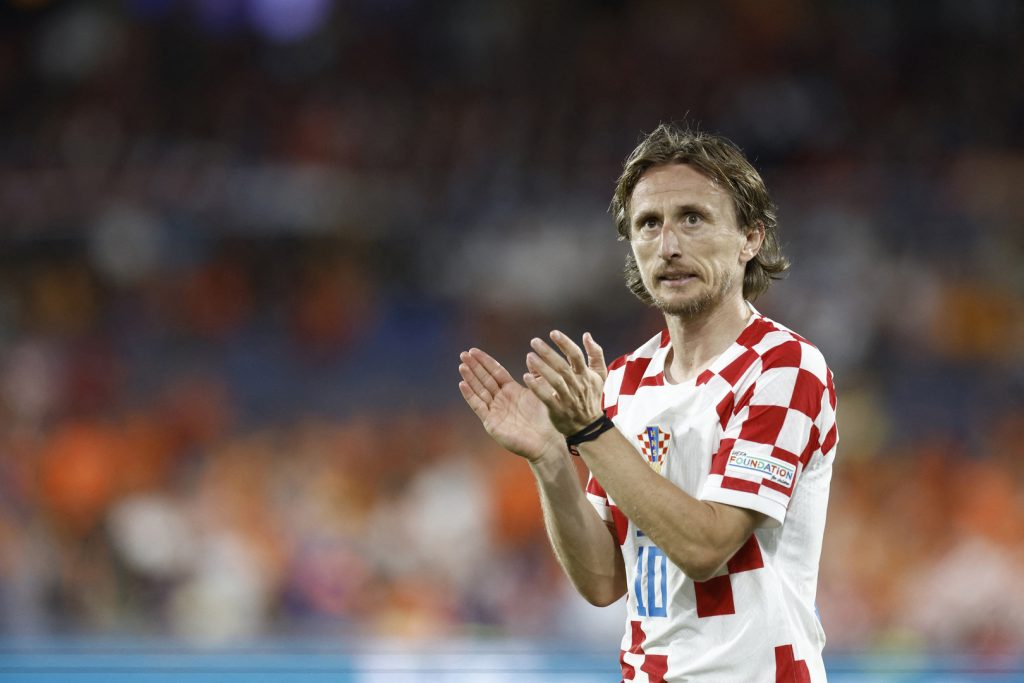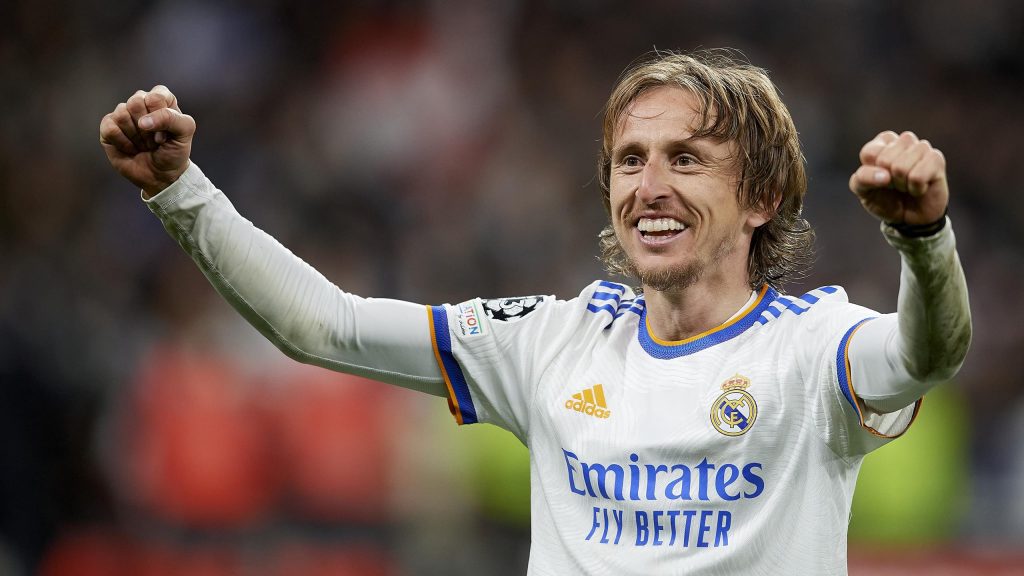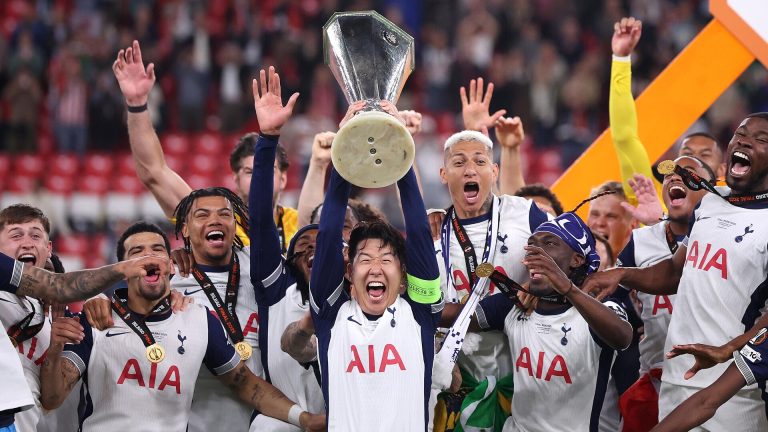Luka Modrić’s biography is a story where every line is written with perseverance, intelligence, and overcoming. Born in the midst of the Yugoslav conflict, he has come a long way from being a refugee child to being the conductor of some of the greatest matches of our time.
His story is not a collection of standard milestones, but rather something unique. No other football player in the world has combined such humility and influence, age and relevance, silence and leadership. In an era of flashy performances, he remains a beacon of consistency. His story is not about success, but about the power of being needed.
Biography of Luka Modric: Passing Through War
The athlete’s football journey is a straight line through chaos, gunshots, and destroyed homes. He was born in 1985 in Zadar, Croatia, when Yugoslavia had not yet heard the word “disintegration.” At the age of six, he lost his grandfather, who was killed in front of his family by Serbian militants. His parents and Luka fled their home village. They lived in a hotel as the war continued to rage outside.
Military reports and a child’s ball were two parallel realities that shaped the future champion. Every kick of the ball in those conditions was a refusal to give up. Modric’s childhood was spent among refugees, amidst the sounds of mortars, but it was during those years that his endurance, concentration, and resilience were forged.
Age is not a sentence: a beginning that did not become an end
 In 2002, Dinamo Zagreb became the club where the footballer signed his first professional contract. At the age of 16, Luka looked thin and fragile, but he ignored the labels. In his first three seasons, he provided 27 assists, scored 31 goals, and won three national championships.
In 2002, Dinamo Zagreb became the club where the footballer signed his first professional contract. At the age of 16, Luka looked thin and fragile, but he ignored the labels. In his first three seasons, he provided 27 assists, scored 31 goals, and won three national championships.
Football required strength, but Modrić responded with technique. He didn’t run faster or kick harder, but his mind was sharper. Analysts described his style as “the quiet intelligence of the field.”
Moving to the top: a high-level career
In the summer of 2008, Tottenham FC acquired Luka Modrić for $32.5 million, setting a transfer record. The English Premier League did not tolerate doubts — either adaptation or the bench. Modrić chose the former. Over the course of four years, he became one of the best playmakers in the Premier League.
In 2012, Real Madrid FC acquired the midfielder for $47 million. The media was skeptical about the transfer, and fans called it a mistake. After a season, Luka silenced the critics with his performance. Real Madrid used him as a link between defense and attack, between idea and result.
Key career indicators:
- More than 500 matches for Real Madrid.
- 5 victories in the UEFA Champions League.
- 3 Spanish championships.
- More than 90 assists at the club.
- 24 trophies in his career.
- 12 seasons in the first team without losing his status.
- More than 170 matches for the Croatian national team.
- The final of the 2018 World Cup.
- Winner of the 2018 Ballon d’Or.
- The oldest midfielder in the history of the World Cup with a full load of matches in the starting lineup.
Each point reflects not just statistics, but years of stable work at the limit of possibilities — without downturns, without compromises. The biography of Luka Modric proves: durability becomes an achievement if the style is the content.
Luka Modric’s achievements
An athlete’s biography turns into a list of achievements, where there are no coincidences. The Champions League, the Spanish Cup, the World Cup, the European Super Cups, the Club World Cup – each of the victories is based on his unnoticed work on the field.
He plays without ostentation, but always in the center of events. Partners trust the pass, coaches trust the decisions, fans trust the results.
Modric’s football is like an orchestra without a conductor – every chord knows when to enter.
The personal life of Luka Modric
Despite his star status, the player’s personal life remains off-camera. In 2010, he married Vanja Bosnic, a PR manager he met at Dynamo. The couple has three children: a son named Ivan and two daughters named Emilia and Sofia.
Their relationship remains private, with Vanja accompanying the player to key matches and providing support during the off-season. However, they avoid creating media noise. Instead, their personal life follows the principle of less talk and more action.
Records beyond statistics
The footballer’s biography includes not only trophies, but also unique records that are not available to every generation. In 2022, he became the oldest player in the World Cup semi-finals, at the age of 37, playing both halves without any substitutions. The same year, he signed a new contract with Real Madrid, marking the first time in the club’s history that a contract was extended with an older player on equal terms without a salary reduction.
The Croatia national team relies on Modric as the core of their structure. He acts as a conductor, setting the rhythm and changing the pace. On the field, it’s about strategy, and off the field, it’s about direction. The record for the most goals and assists among national team midfielders remains relevant: 24 goals and 29 assists, excluding penalty shootouts.
Luka Modric’s income
The footballer’s income has never been among the top five. The main focus is on stability and balance. The 2023-2024 contract with Real Madrid brought in €10 million before taxes. Additionally, there are earnings from Nike, Panini, and a modest line of biographical books translated into 15 languages.
The total earnings from his career have exceeded €100 million. Unlike some celebrities, he doesn’t create clothing lines or cryptocurrency, but rather invests in real estate in Croatia and a football analyst school near Zadar.
Biography of Luka Modric: the main thing
 In modern football, where 30 years have long been considered a kind of milestone for field players, Modric is completely changing our perception of age. At 38 years old, he is not just a member of the club and national team; he remains an indispensable and active player who maintains his form, pace, and, most remarkably, his presence.
In modern football, where 30 years have long been considered a kind of milestone for field players, Modric is completely changing our perception of age. At 38 years old, he is not just a member of the club and national team; he remains an indispensable and active player who maintains his form, pace, and, most remarkably, his presence.













